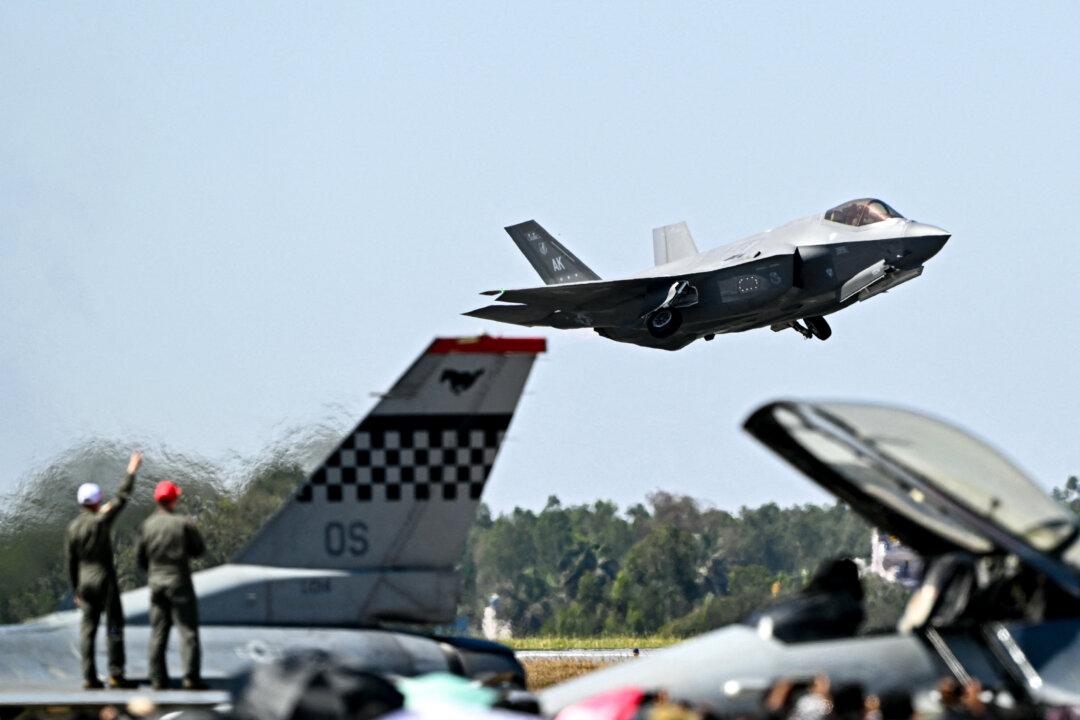Commentary
A recent report by the Hudson Institute has identified the Joint Capabilities Integration and Development System (JCIDS) as a bottleneck to innovation and the ability to quickly respond to emerging threats.

A recent report by the Hudson Institute has identified the Joint Capabilities Integration and Development System (JCIDS) as a bottleneck to innovation and the ability to quickly respond to emerging threats.